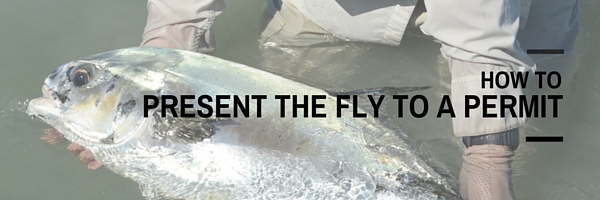There are a number of important considerations that you need to make when presenting the fly to permit fish. If you have a lot of experience fishing for trout or bonefish, you may be tempted to use some of the same techniques. Without the right strategies, however, even the most masterful anglers can struggle to land a permit. These fish behave quite a bit differently than bonefish and thus, your approach has to be different as well. Following are three tips that will help you haul a big permit in.
Make Sure Your Fly Is Seen
Unlike bonefish, permit fish do not require as much stealth. In fact, these fish are not able to see great distances in the water and this means that your foremost concern is whether or not your fly is actually seen. A tailing permit in two feet of water can see approximately ten feet out. Casting beyond this distance won’t capture his attention or help you catch any fish. In fact, you want to work at landing your fly pretty close to the permit’s head. Don’t worry about playing it safe or try to lead the fish by a large margin. Instead, try to make sure that the permit both sees and hears the fly drop.
Pay Attention To The Permit’s Reaction
Catching permits requires a delicate balance between getting your fly noticed and making sure that your entry isn’t too obvious. While you want to drop you fly pretty close to the permit’s head, the goal is to capture his attention, not give him ample opportunity to see that the fly isn’t real. The nature of your cast will depend upon the depth of the water and the overall character of the day. On a calm day, it isn’t necessary to cast so far that the permit isn’t able to see the fly drop. In rougher and busier waters, however, try to lead a little further out. Another important factor to bear in mind is that the way in which the fly behaves once it’s on the bottom will play a major role in determining whether or not the permit is convinced it’s real.
Don’t Strip The Line
Permit feast on tiny crabs and this means that you want your fly to both look and behave like a small crab. When crabs see permit coming, they stand absolutely still. As soon as a permit comes in towards the fly, resist the urge to strip it. The only time you want to strip the line is when the fish isn’t showing any interest in the fly even though it’s within his line of sight. In this case, make it look like a crab that is unaware of the permit, with long, slow strips that send up visible plumes from the flat bottom and mimic the movements of an oblivious crustacean who’s simply going about his everyday business.









